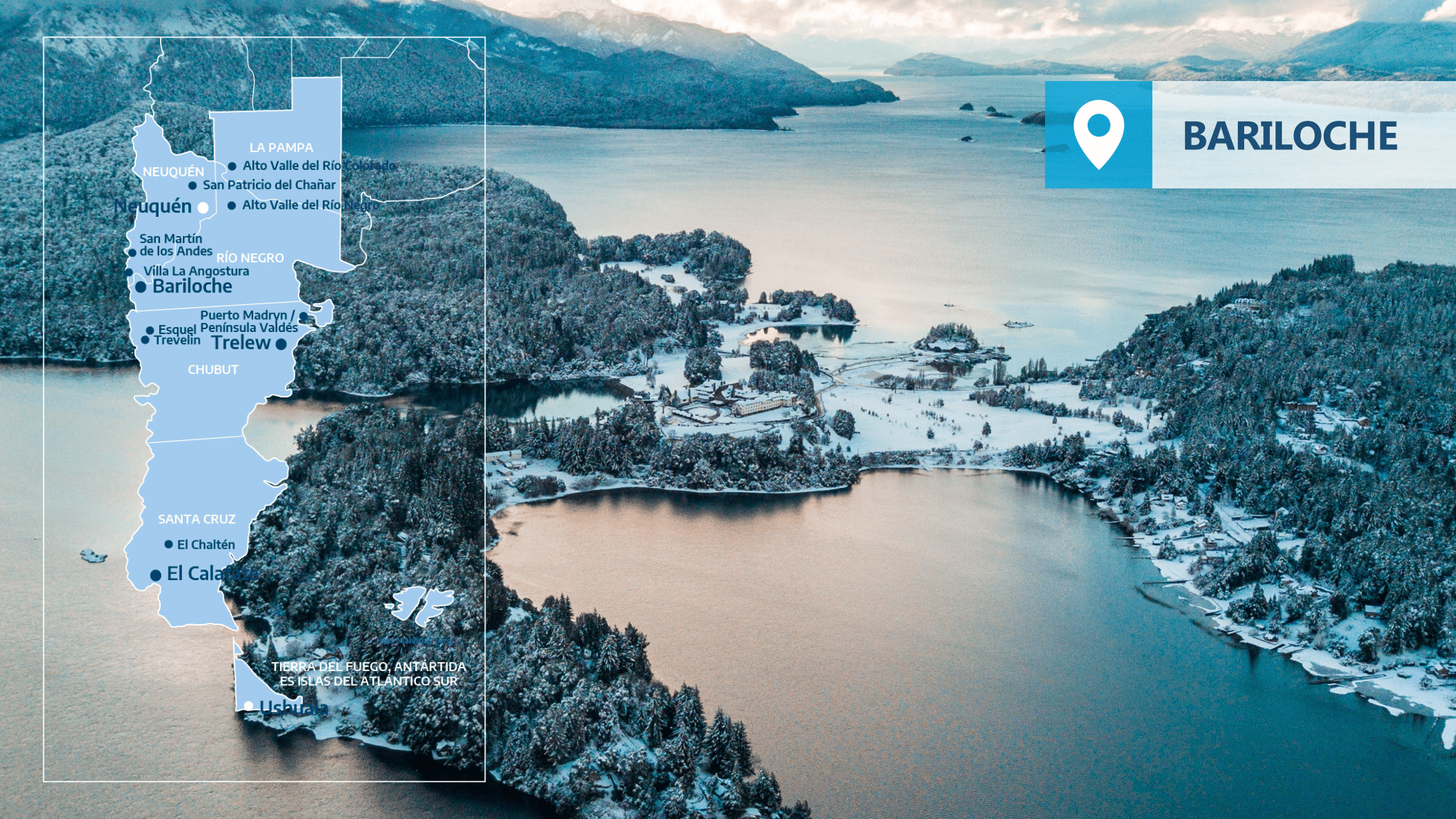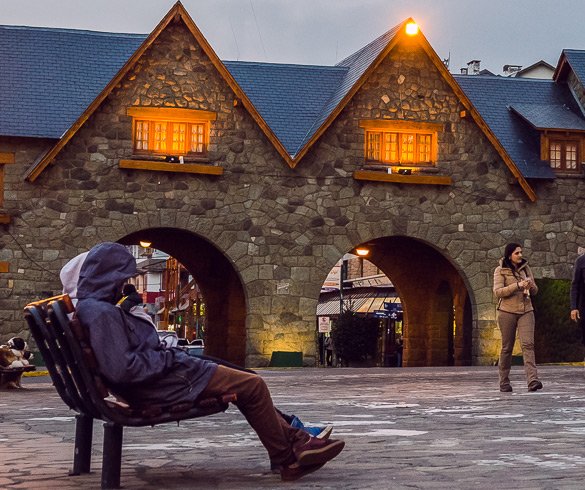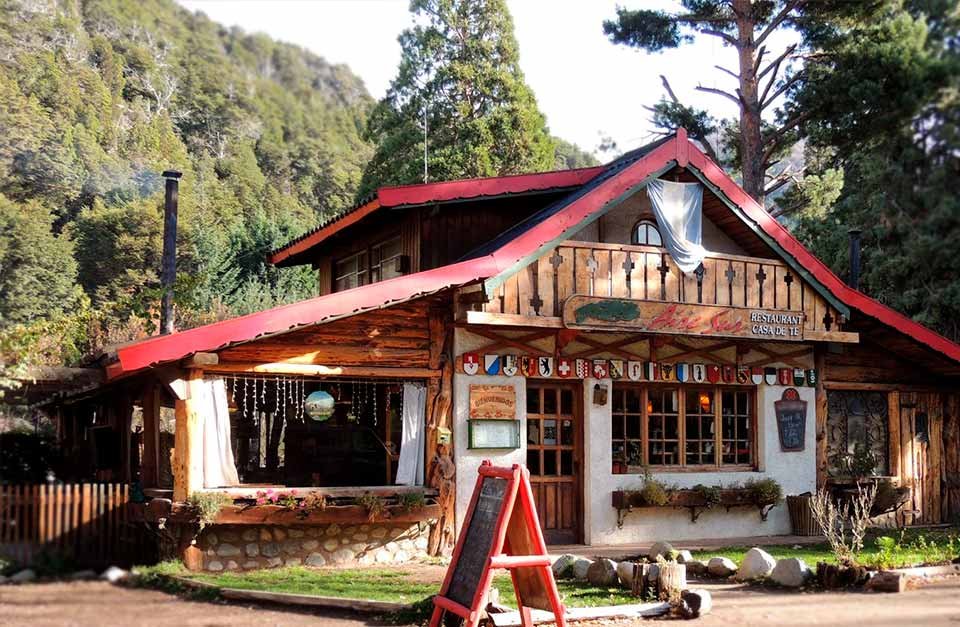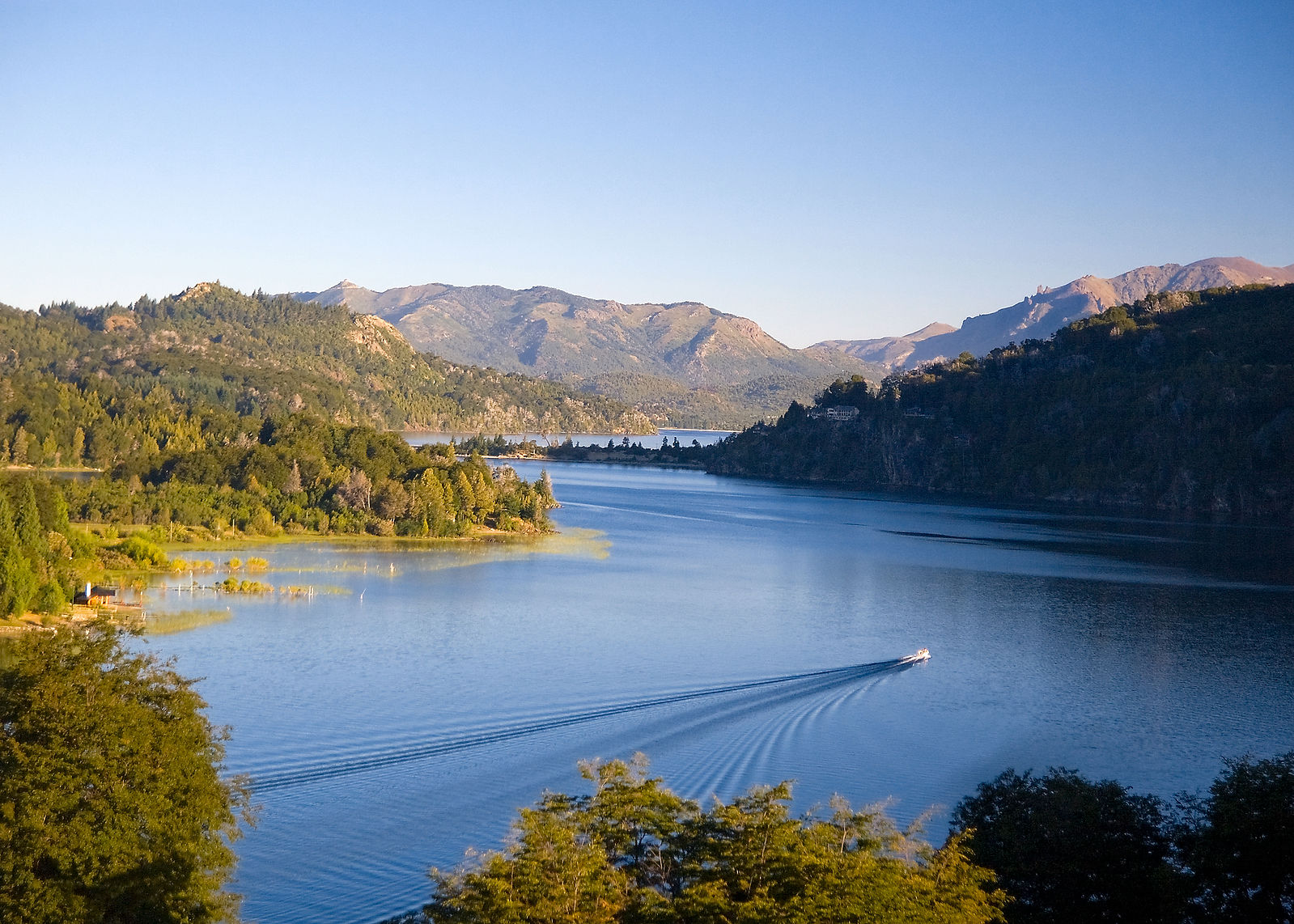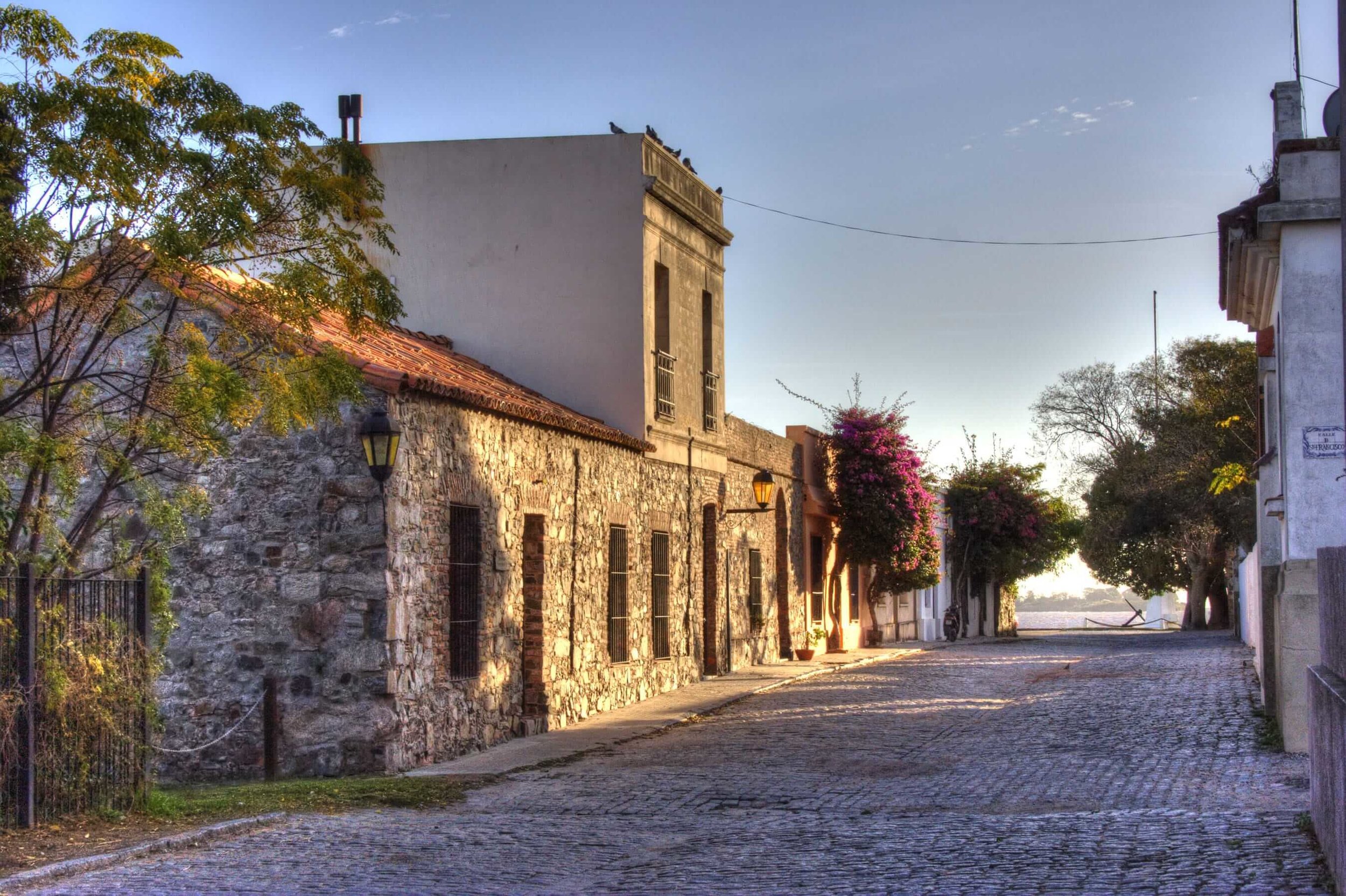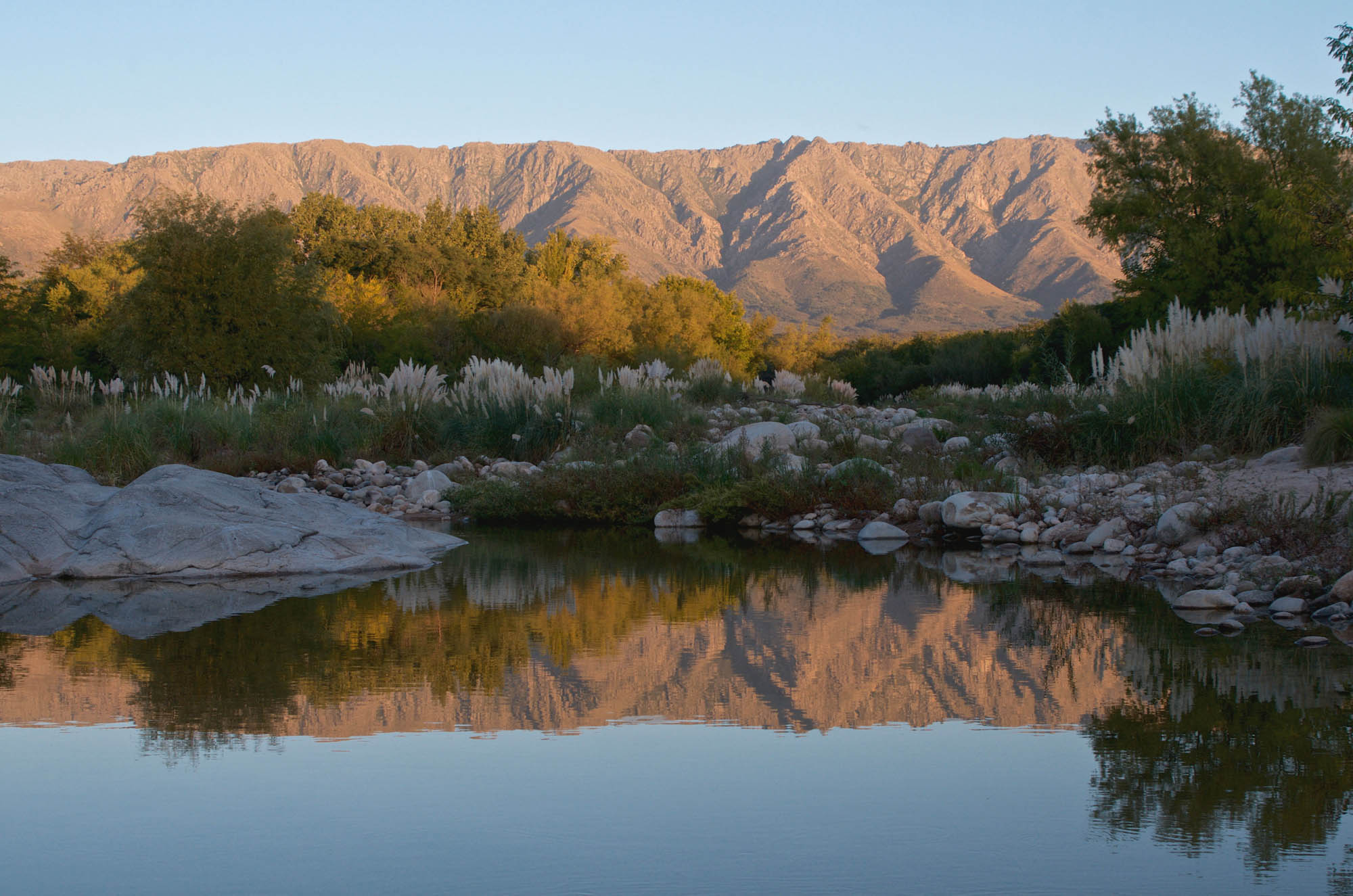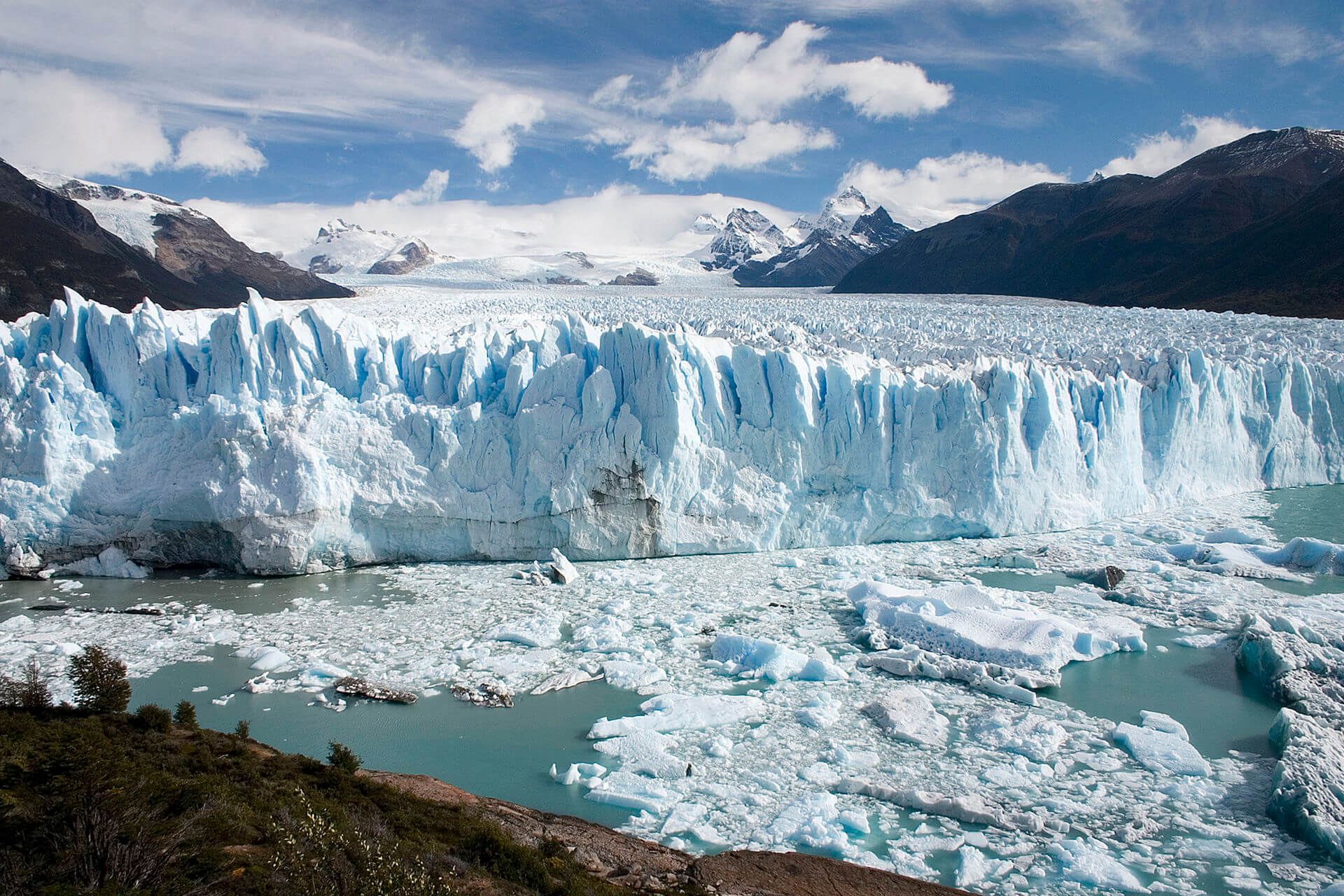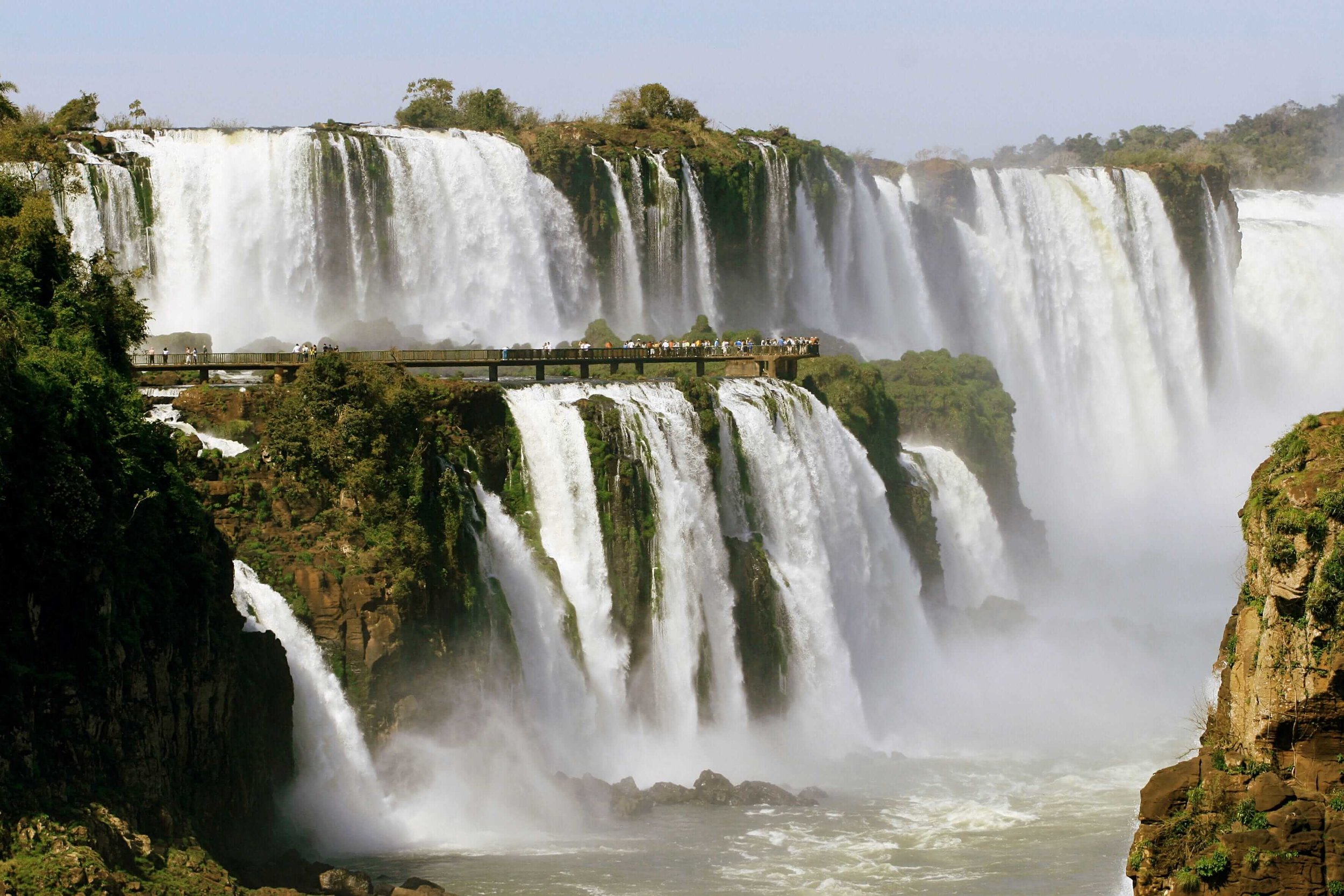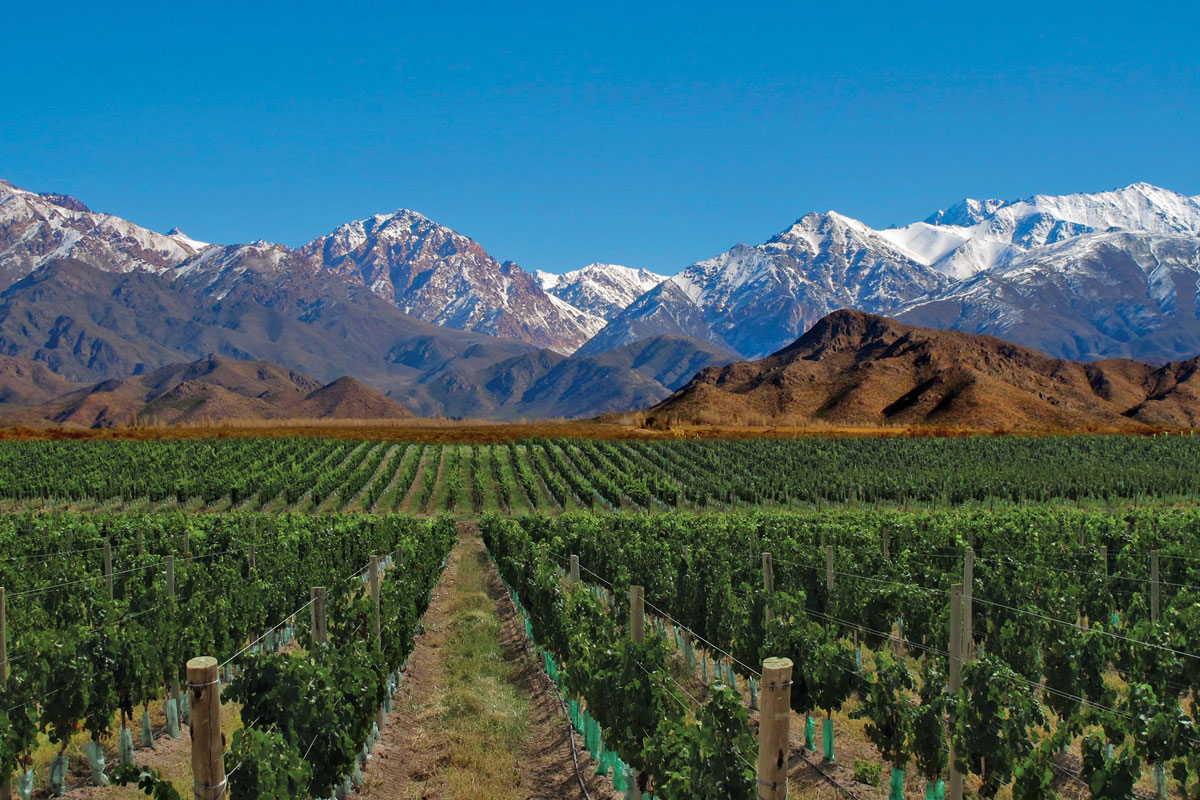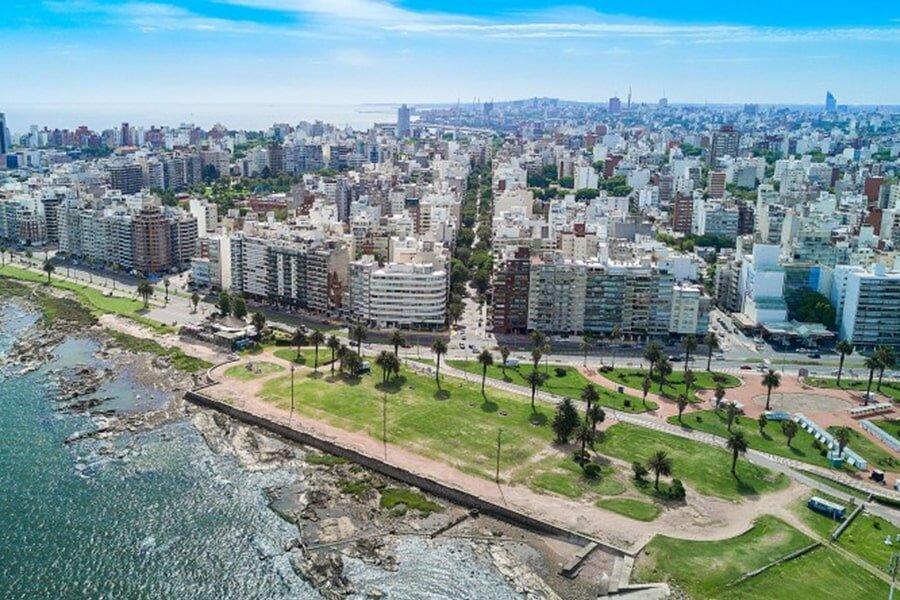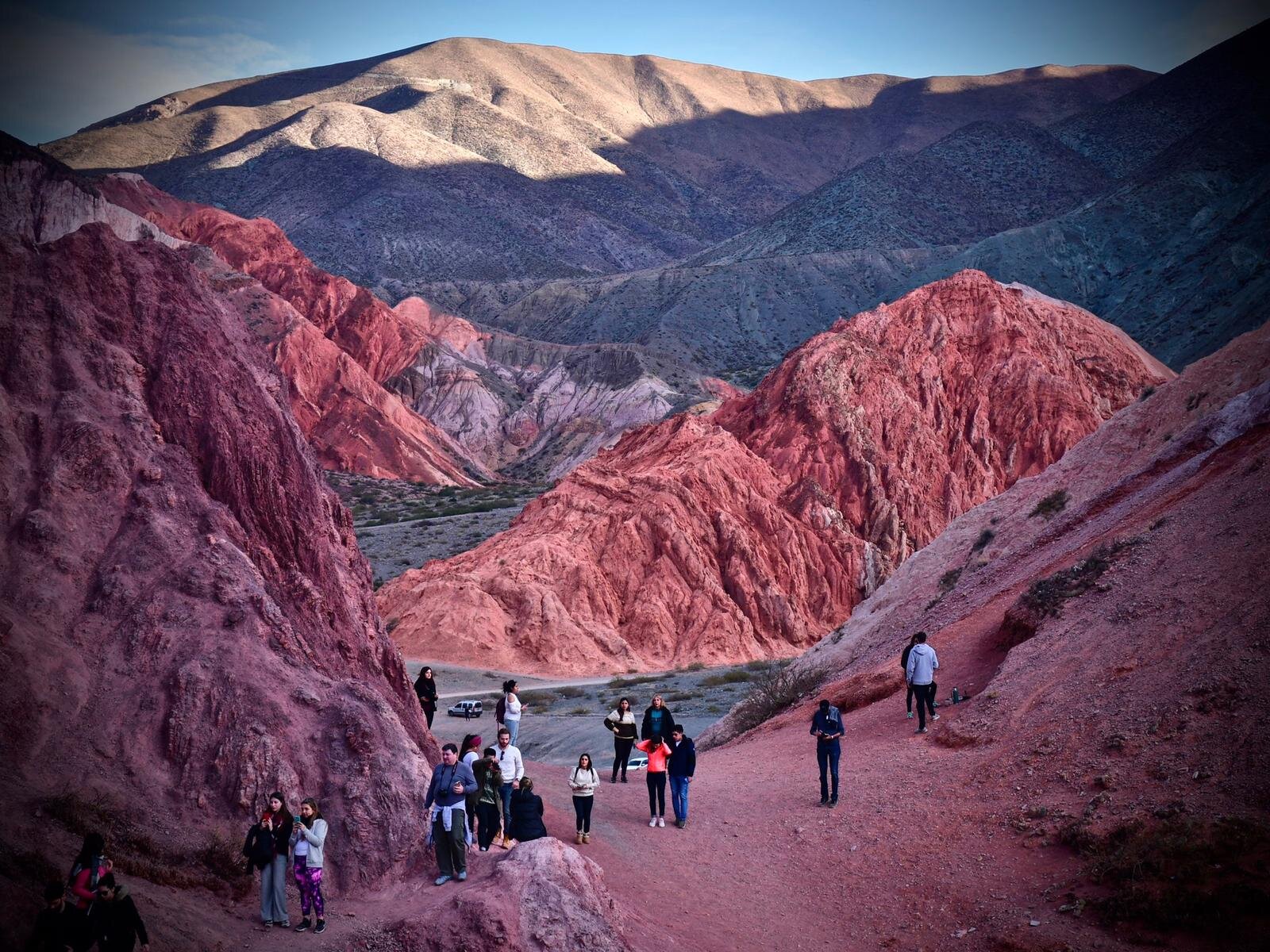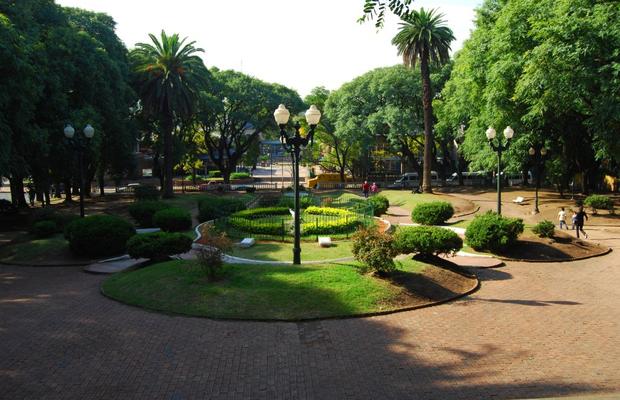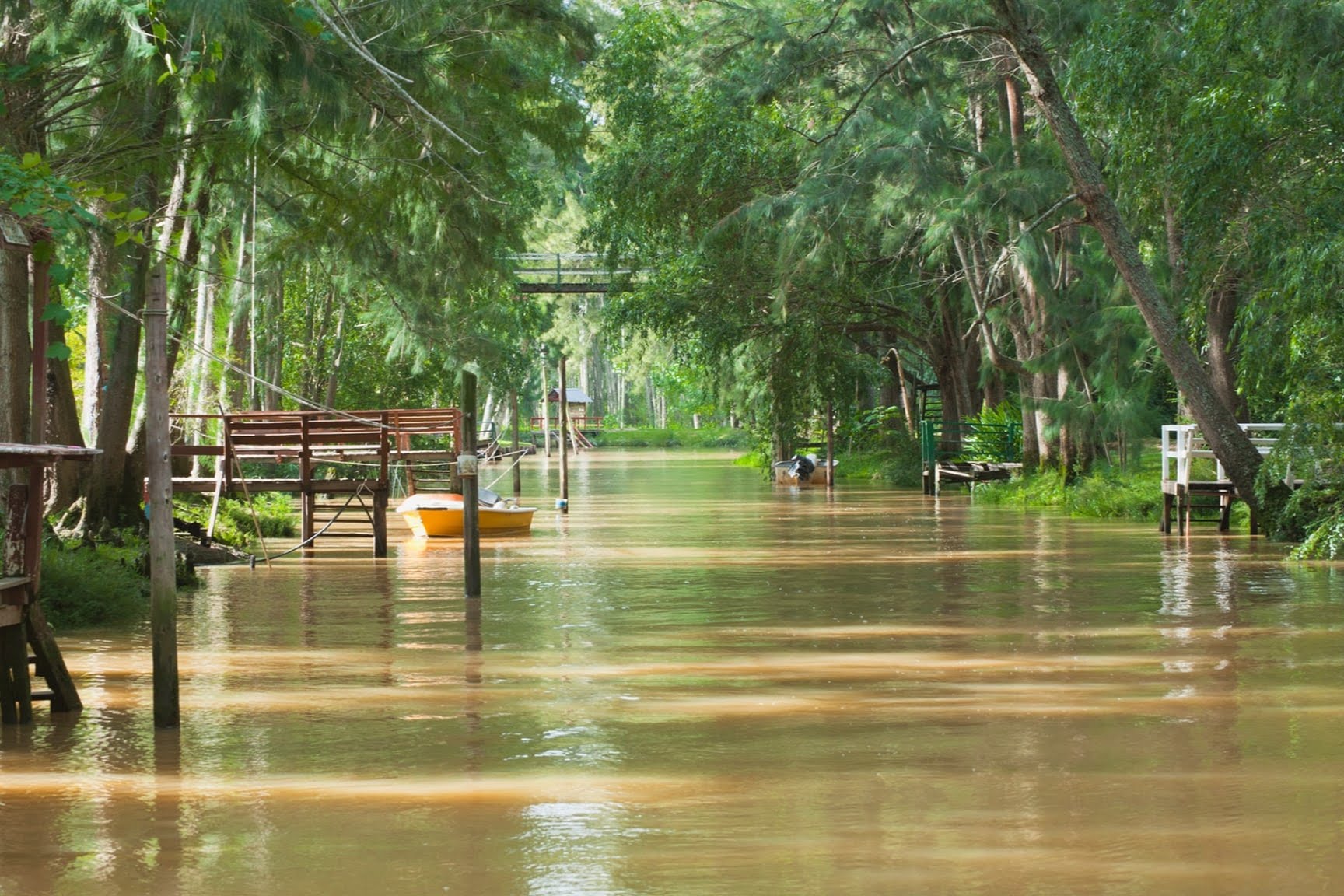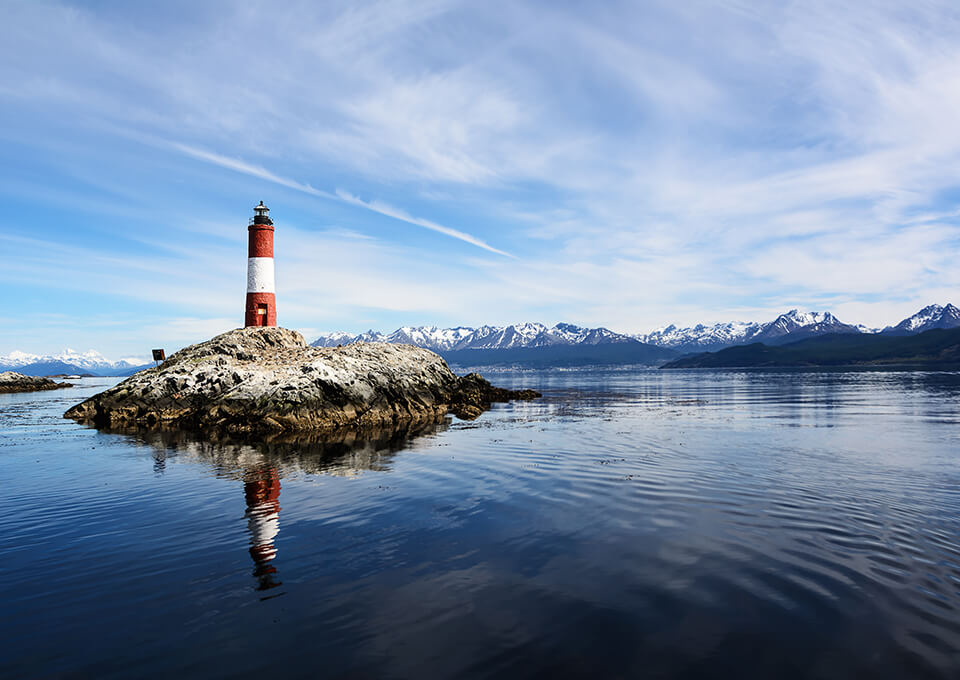Bariloche: Puentes Destination Guide
Perhaps the most well-known tourist destination in Patagonia, Bariloche is located on the southern shores of the Lake Nahuel Haupi in the western extreme of the Rio Negro province. Surrounded by majestic mountains and lakes, it is the preferred vacation spot for many Argentines. It originated as a German colony with more connections to Chile than to Argentina. As it was so remote and disconnected from the rest of Argentina, it wasn’t until the arrival of the railroad in the 1930s that it really began to flourish as a city. The charming city center was designed to have the appearance of a traditional European central alpine town. All year round, Bariloche offers a picturesque and diverse setting for travels and adventures.
HOW TO GET THERE
A short two hour flight from Buenos Aires, Bariloche is set against the Andes Mountains in the Lake District. You can choose to fly from the in-city domestic airport Aeroparque Jorge Newbery or the international airport Ezeiza on a traditional airline like Aerolineas Argentinas, or take a 20-hour bus ride from Retiro bus station. We recommend staying at least 2 to 5 days, depending on your itinerary.
If you choose to fly to Bariloche, you have low-cost airline options such as JetSMART and Flybondi. However, in terms of airline reliability, we recommend booking with Aerolíneas Argentinas.
WHERE TO STAY
Bariloche has a wide range of types of accommodations, from low cost hostels and cabins to high end hotels and houses. You can search on AirBnB, keeping in mind the location and accessibility of the place that you reserve. You could also check out Villa Sofia, which is centrally located and offers different room types. If you’d like a botique hotel experience, take a look at this list of the “best boutique hotels in Bariloche.”
WHAT TO DO
Hike through the many stunning trails of Bariloche, using trail maps from BarilocheTrekking, AllTrails, or Wikiloc.
Hike or ride the chair lift up Cerro Campanario for a great view.
Take a day hike up Cerro Llao Llao for awesome views.
Ski or hike at Cerro Catedral. (Usually ski season runs from late June to September, but check first.)
Boat trips, kite surfing, sailing, standup paddle, kayaking, and more water sports on Nahuel Huapi Lake.
Ride a cableway and/or a funicular up Cerro Otto.
Zipline at Piedras Blancas.
Visit Colonia Suiza to eat “curanto” and stroll through the artisan crafts market.
Soak in the panoramic views at the Punto Panoramico in Circuito Chico.
Visit Pablo Bernasconi’s art gallery to learn about this locally renowned and internationally recognized artist
Visit the “refugios de montaña” and stay overnight there to have a full mountain experience.
Take a day trip to Puerto Blest and the Cascada de los Cántaros.
Take a boat to spend the day on Isla Victoria and see the Bosque de Arrayanes.
Go for the day or a weekend to Pampa Linda and see Cerro Tronador.
Learn about Patagonian dinosaurs as you stroll through Parque Nahuelito.
Get a bird’s eye view of Bariloche by going on a glider plane (“planeador”) or paragliding over the city, lakes, and mountains.
Go horseback riding through the mountains.
Go ice skating at Rapanui.
Go rock climbing to test out your strength and see the mountain sights.
Go shopping for regional artisan goods at ADN Patagónico and Mercado de la Estepa Quimey Piuke.
WHERE TO EAT
Bariloche is known for authentic Patagonian cuisine, including fish, deer, stews, root vegetables, fondue, and more. Be sure to check restaurant hours and days of operations by directly contacting the restaurant via WhatsApp or phone because Google might not represent seasonal closures.
El Mallín: Avenida Exequiel Bustillo 11.600
Refugio Patagonia, Brewery: Circuito Chico Km 24.7
Alto El Fuego: 20 de Febrero 451
Blest: Avenida Exequiel Bustillo 3.850
Manush: Avenida Exequiel Bustillo 3.800
Berlina: Avenida Exequiel Bustillo 11.750
Wesley: Avenida Exequiel Bustillo 15.500
Oveja Negra: Saavedra 8400; Villegas 292; Av. Exequiel Bustillo 13418
El Bodegón del Náutico: Avendia Exequiel Bustillo 3.500
El Boliche de Alberto: Elflein 158
La Fonda del Tío: Mitre 1130
La Marmite: Mitre 329
Bellevue casa de té: Avenida Exequiel Bustillo 24.6
Coffee at Delirante: Avenida Pioneros 4962; Mitre 585; Moreno 102; Cerro Catedral
Ice cream at Helados Jauja: Moreno 49; Pioneros 4541
DON’T FORGET THE CHOCOLATE!
Bariloche is famous for its delicious chocolate. Make sure you take the time to stop by some of these great chocolatiers for a bite:
How to get around
Remises: In Bariloche, you can contact a “remisería,” which is a private company of registered drivers, to request a car called a “remise” to take you wherever you need to go. Remises charge you based on the distance and, if you have a wait time more than ten minutes, based on the wait time. If you need a remise at a certain time, try calling or messaging a few hours in advance and see if they can let you schedule a remise for a certain time; often they will let you do this, and sometimes they will not. It’s suggested to use remiserías that are close to your departure location so that you won’t be charged extra for the remise to come to pick you up, as well as then take you to your destination. Recommended remise companies include the following, and you can also search for “remisería” in Google Maps to find nearby remises:
Remises Centro: WhatsApp: +54 9 2944 14 6600
Remises Nahuel: phone +0294 443 5007
Remises Patagonia: WhatsApp +54 9 2944 96 5218; phone +0294 444 3700
Taxis: If you are downtown, you can either go to a taxi stop (“parada de taxi”) or hail a taxi on the street. If you don’t know where a taxi stop is, ask a local store owner where the closest “parada de taxi” is. Taxis in Bariloche are white with a blue roof and have a sign on the roof that says “taxi” and a circle sign on the driver door and front passenger door that says “taxi” with the taxi’s registration number. Taxis charge based on a meter that is located above the front passenger seat. Cash pesos only.
Buses: There are buses that connect all of Bariloche. But “ojo!” - they do not run that often, so be prepared to wait. You can only use your SUBE card for the bus; no cash payments. Here is a bus schedule by route, but you should count on delays.
Transportation apps: You can also use Uber or Cabify to request and pay for car transport in and around the city of Bariloche, although these services might take longer during peak transport hours.
Car rental: The best way to rent a car at the San Carlos de Bariloche Airport (BRC) is to pre-book online, though on-site rentals may also be possible. When you land, proceed to the car rental desks, which are typically located inside or near the terminal building. Major international car rental companies with branches that serve the Bariloche airport include Europcar, Hertz, and Sixt.
WHAT ELSE
Other nearby destinations to consider visiting are El Bolsón, Parque Nacional Los Alerces, Villa La Angostura, Junín de los Andes, and San Martín de los Andes. For those who prefer to connect with nature outside of city of Bariloche, El Camino de los Siete Lagos (The Seven Lakes Road) is a lovely excursion. Beginning about an hour north of Bariloche, it’s a 65 mile stretch of the National Route 40 in the province of Neuquén that joins the towns of San Martín de los Andes and Villa La Angostura, which hosts the Parque Nacional Los Arrayanes that has 12 hectares of an “Arrayanes” forest. El Camino de Los Siete Lagos owes its name to the seven lakes that can be seen along its route: Lácar, Machónico, Falkner, Villarino, Lago Escondido, Correntoso, and Espejo. The route can be enjoyed simply by observing as a passenger in a bus or rental car, or better yet, by making stops along the way to camp and hike. It’s the perfect place to appreciate the typical characteristics of the Patagonian Andes region: extensive forests, snowy hills, and crystal clear lakes.


